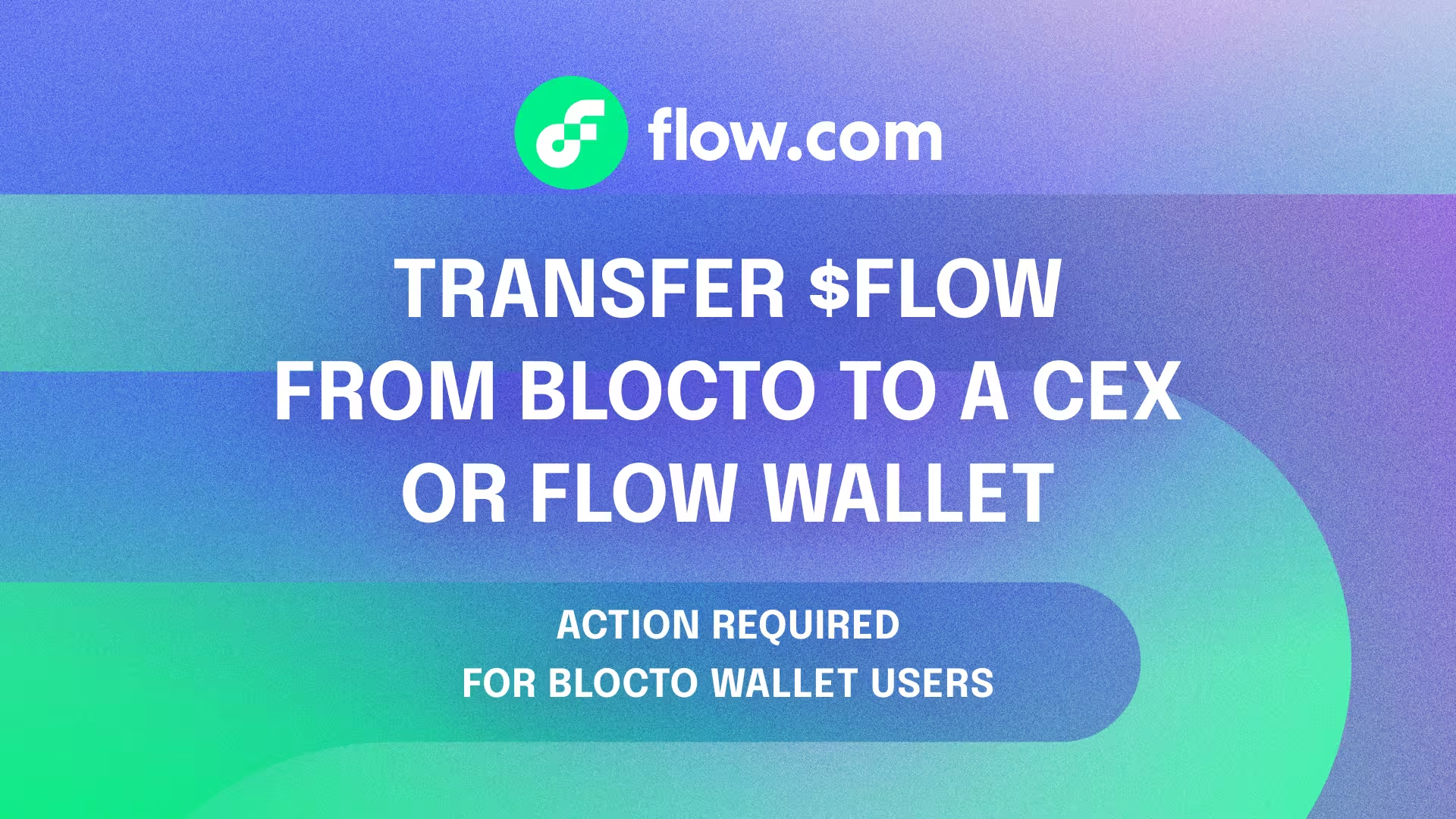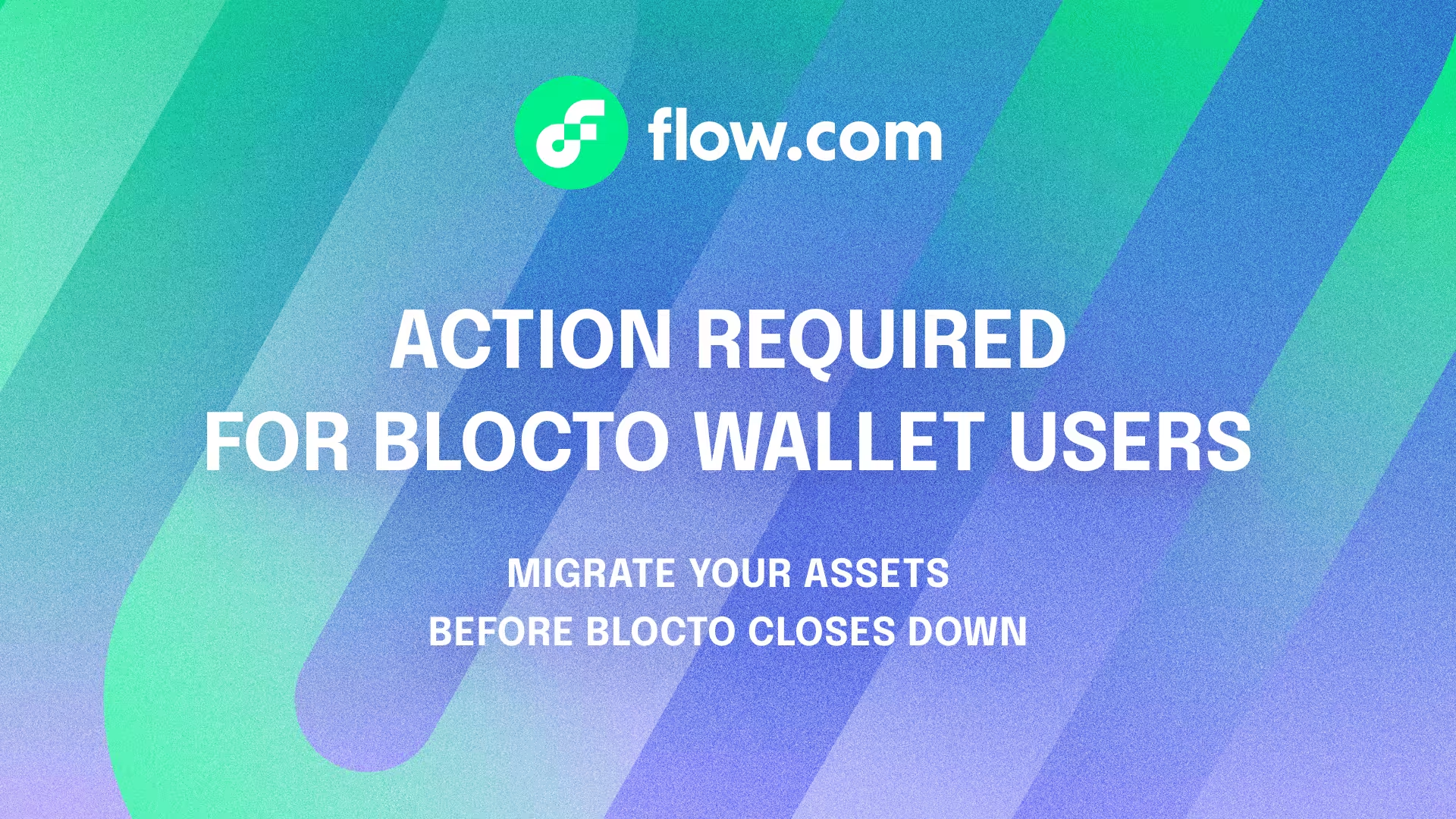.png)
By now, most of us are familiar with the concept of NFTs, or at least have heard of them before. While the term NFT (non-fungible token) has made quite the splash in the last couple of years, fungible tokens have been around for a lot longer in the world of crypto. While they do share some similarities to NFTs, they remain quite different in their core fundamentals.
What are fungible tokens?
The term fungible token is made up of two key words: “fungible” which means that an item is mutually interchangeable and is able to be replaced by any identical item and “token”, which is a tradable asset.
In crypto, fungible tokens are usually virtual currencies or denominations of cryptocurrencies that provide a variety of uses to those who hold the token: investment, security, utility, or governance-related.
One example of a fungible token is the FLOW token. It is divisible and non-unique. Any FLOW token can be traded for another FLOW token, and will hold the same value no matter where or when it is issued.
Other examples of fungible tokens are Bitcoin (BTC), Ether (ETH), Solana (SOL), Litecoin (LTC), and Polygon (MATIC). There are thousands of fungible tokens currently in issuance, and that number is only growing over time.
How do fungible tokens differ from NFTs?
While fungible tokens like FLOW are divisible and non-unique, NFTs, or non-fungible assets, are unique and non-divisible. Think of NFTs as the title of ownership of an intangible asset that is unique and cannot be duplicated.
The main difference between the two types of tokens is that they store content differently. While fungible tokens are mostly used to store value, NFTs can store artwork, academic titles, and more.
Why should we care about fungible tokens?
If you’re building anything on the blockchain, then it is highly likely that you’ve come across fungible tokens. It may even be that you are building a dApp (decentralized application) and have looked into launching your own fungible token for your community.
While not every dApp or Web3 company needs a fungible token, these types of tokens can provide many benefits to your dApp and your community, from in-app purchases to rewards, and create a micro-economy of scale for your particular product. Your community members can use your fungible tokens for the use cases you build for them, and can further invest in your token and support your dApp as it grows.
I’m interested in launching a fungible token, but how exactly do I do that?
If you’re thinking about launching a fungible token, but are not sure where to begin, then fret not!
Our team at Flow has written an all-inclusive guide on the exact steps you need to launch a fungible token, from the why to the how.
Here’s what you’ll learn in this guide:
- What you need to think about before you launch your token
- How to set your supply and demand
- Token allocation
- Token distribution
- What you need to do ahead of listing your token on an exchange!
Check out the in-depth guide on how to launch a fungible token on Flow.


















